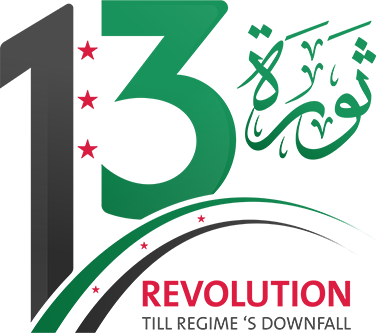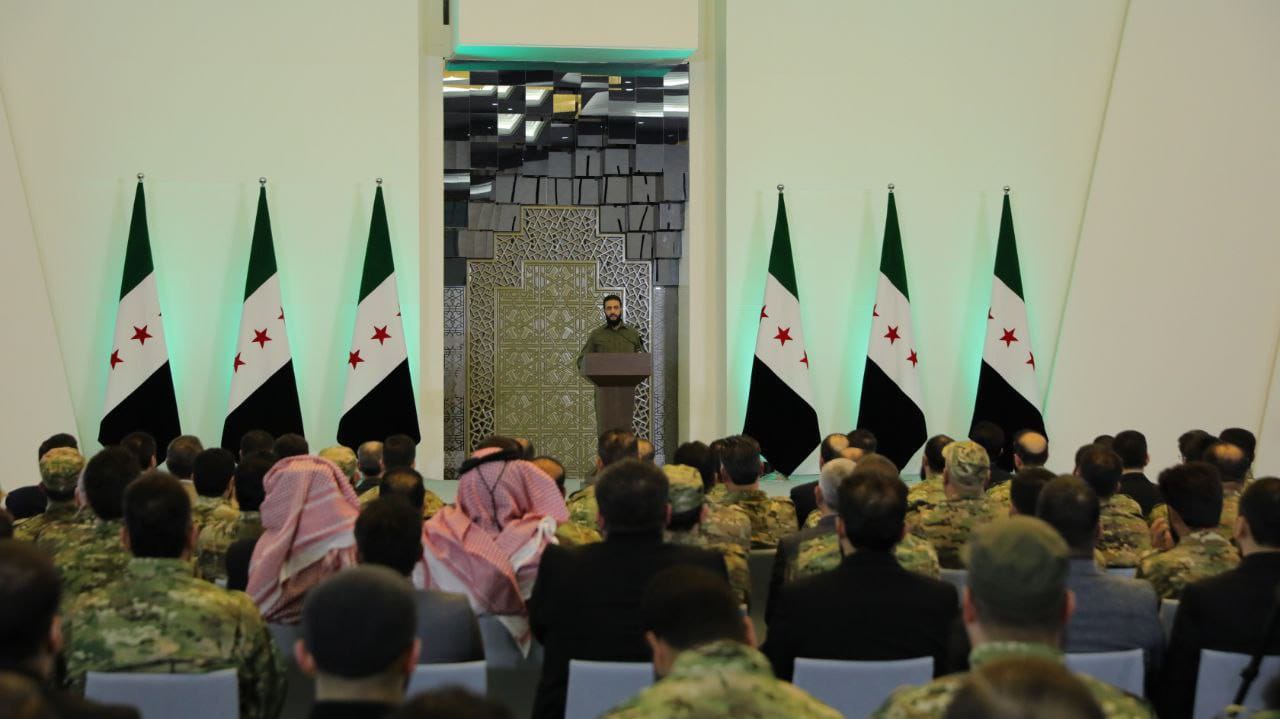Mohammad Hassano, the coordinator of the Assistance Coordination Unit (ACU), provided a briefing on the unit’s activities during the second day of meetings of the General Assembly of the Syrian Opposition Coalition (SOC). Hassano outlined the unit’s efforts and the projects it is working on, including the irrigation canals project in Afrin, which involves the rehabilitation of the irrigation system and the construction of a solar-powered irrigation station. He also highlighted support for volunteer initiatives and engagement with 200 volunteer initiatives aimed at promoting civic awareness of democracy and fostering dialogue among different segments of the local community. Additionally, Hassano mentioned a project focused on public awareness about the use of solar panels, ensuring that users are not vulnerable to deception or misuse.
Hassano presented several reports developed by the unit in recent months, focusing on the educational process, the humanitarian situation in the towns of Ras al-Ayn and Tal Abyad, community participation, the state of entrepreneurship, substance abuse, and the prevalence and impact of disability, in addition to winter needs.
He warned of a potential humanitarian disaster with the approach of winter, given the funding shortages and the failure of donors to meet their commitments toward Syria. According to the unit’s report, the camps currently host approximately two million people, 55% of whom are children, emphasizing the need for child-focused services.
Hassano explained that 39% of the IDP camps consist of temporary tents, making them the most vulnerable during winter. He added that more than half of the camp areas, particularly those in Azaz, Jarabulus, and Jisr al-Shughur, are prone to flooding due to insufficient drainage systems. Moreover, 52% of the camps are located on flat or poorly drained terrain, significantly increasing the risk of flooding during heavy rains.
He pointed out that most IDP camps face infrastructure issues, with half of them experiencing road closures during rainstorms, which hinders access to essential services. Additionally, 70% of the camps lack firebreaks or trained committees to manage fire emergencies.
Hassano stressed that safety concerns during winter affect around 75% of the camps, exacerbating challenges in accessing facilities and services. He noted that 99% of the camps struggle to obtain nutritious food, and 82% are in need of blankets and covers.
(Source: SOC’s Media Department)












